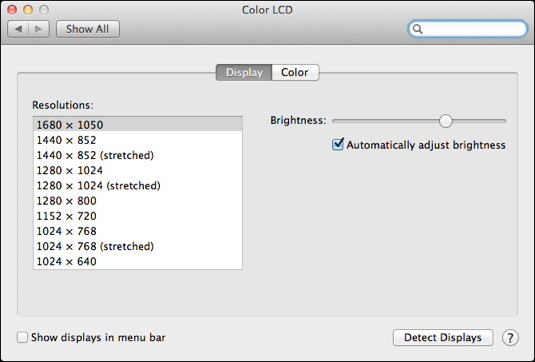

Icons offer less degrees of personalization and dynamic glanceability widget type functionalization as live tiles do. More control of live tile icons is being increasingly pushed to the developer side instead of design creative personal freedom to the end user. Increasingly granular control has been reduced to themes. On 10 mobile we could do much more to personalise live tiles.

Many of these are basic changes that have been here for decades. I don't think there are enough settings to qualify the term per onalization. Use the Taskbar location on screen drop-down menu and select the location:Ī few yes.To change the taskbar location, use these steps: Show badges on taskbar buttons - Apps in the taskbar can show status notifications, and this option lets you disable or enable the feature.Īlthough you can change the location of the taskbar by just dragging it around with the mouse, this page also includes a drop-down menu to relocate the bar anywhere you like.Use small taskbar buttons - Allows you to use smaller buttons to reduce the footprint of the taskbar.Automatically hide the taskbar in tablet mode - If enabled, the bar will stay hidden, unless you're actively interacting with it in tablet mode.Automatically hide the taskbar in desktop mode - If enabled, the bar will stay hidden, unless you're actively interacting with it in normal mode.If disabled, you can click and drag the taskbar to any side of the screen, and you drag the edge of the bar to change the height. Lock the taskbar - When enabled, you can't move or resize the taskbar.In the Taskbar page, you can change many basic settings, including: Use the "Choose your color" drop-down menu and select the Light or Dark mode.To switch between the light and dark mode, use these steps: Also, it's an option more suited for a low-light environment.

The light mode is the default mode and works well during daytime, and then there's the dark mode that uses a dark color scheme in backgrounds and other parts of the OS and supported apps.
#How to change mac background login windows 10#
Windows 10 includes two personalization modes. Windows 10 allows you to change the color accent for elements that appear across the experience, including for Start, taskbar, Action Center, title bars, and links in apps and Settings.
#How to change mac background login how to#
How to change system colors on Windows 10 Once you complete these steps, the desktop will display the collection of pictures in the background at the intervals you specified. Using the "Choose a fit" drop-down menu, select the fit that best suits the images:.(Optional) Turn on the Shuffle toggle switch to show images in random order.When displaying the login screen, your own wallpaper will now be displayed.Source: Windows Central (Image credit: Source: Windows Central) During this process you need to authorize yourself.Īfter the files have been copied, you can view the change by logging out or restarting your Mac. To be safe, make a copy of the apple.png, apple_s1.png, files first so you can always revert to the original files.Īfter that, drag the modified versions of the files into the opened folder, overwrite the original files. You can also access the location in Finder in the normal way: Macintosh HD System ▸ Library ▸ PrivateFrameworks ▸ amework ▸ Versions ▸ A ▸ Frameworks ▸ amework ▸ Resources System/Library/PrivateFrameworks/amework/Versions/A/Frameworks/amework/Resources/Ĭlick the ‘Go’ button, Finder will now open the folder where the original background files are located. System /Library /PrivateFrameworks /amework /Versions /A /Frameworks /amework /Resources /


 0 kommentar(er)
0 kommentar(er)
